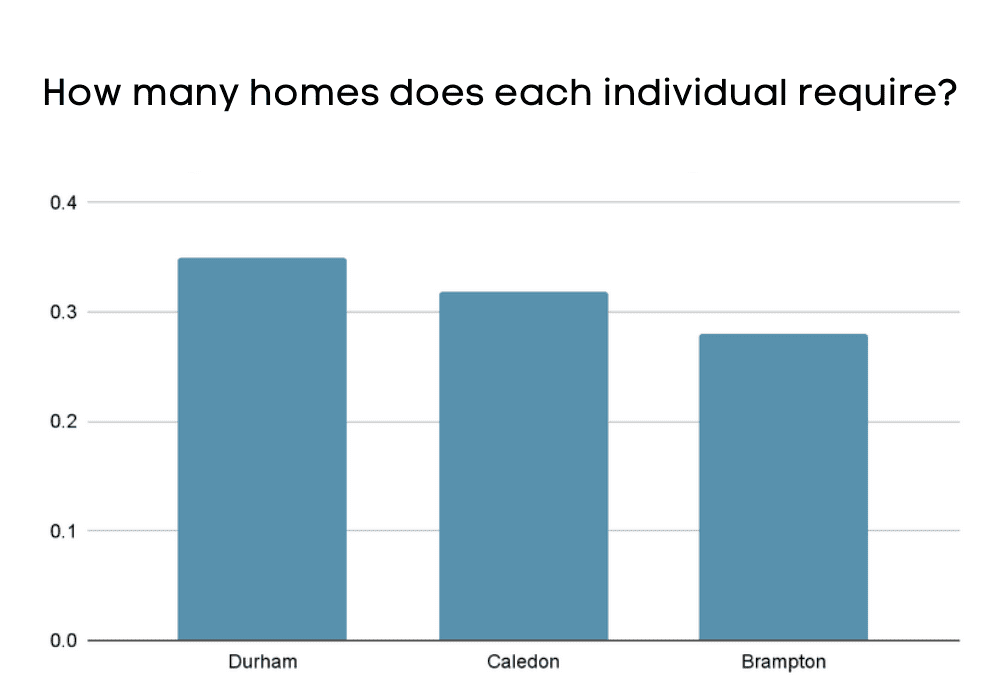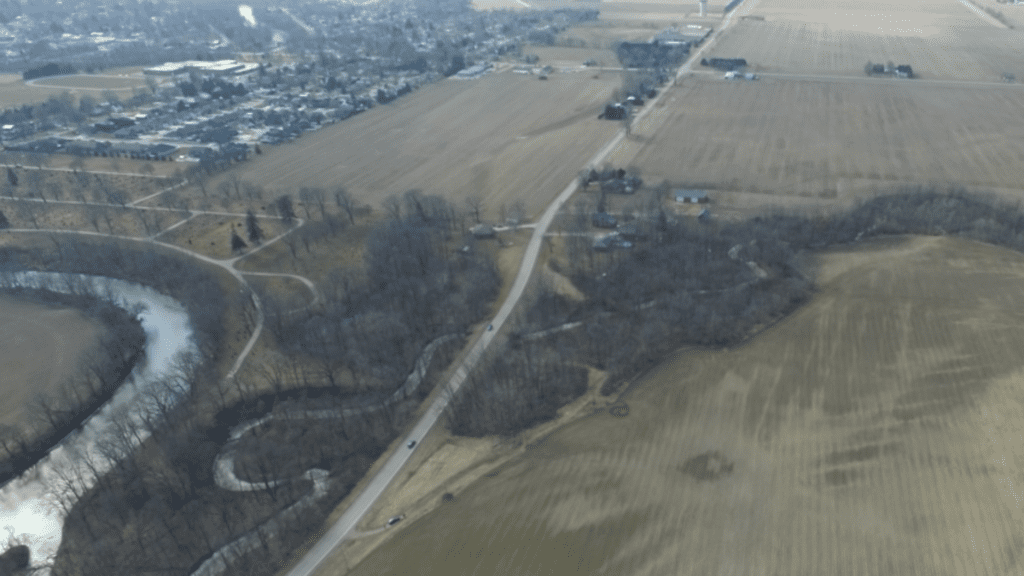It is possible to fight the Big Sprawl in the Greater Golden Horseshoe, because each step of the mandatory Lands Needs Assessments Methodology hangs on uncertain inputs, and thus opens up a broad band of discretion rather than prescribing a single answer.
One key question where this occurs is that of how many households a municipality will actually need to accommodate 30 years from now. Pursuant to the Methodology, the number of households your region will need to accommodate by 2051 must be a function of future age distributions, and the future household formation rates.
Uncertain Future Age Distributions
While the Growth Plan for the Greater Golden Horseshoe (the Government Plan) prescribes the population “forecast” (the Government Growth Targets) that must be accommodated in each municipality, and the Land Needs Assessment Methodology for the Greater Golden Horseshoe (the Government Methodology) requires that “population forecast by age group” must be derived from it, neither of those documents, nor any other document, prescribes how these . In particular these mandatory documents do not themselves specify what proportion of population should be forecast for each age group, nor does it prescribe any particular method for determining that future proportion.
The uncertainty regarding future age distributions in each Greater Golden Horseshoe municipality is not merely theoretical. That’s because much of southern Ontario’s population growth comes from immigration, and there is a genuine measure of uncertainty as to what age categories the new arrivals to the region between now and 2051 will fall into.
At one level, this will depend on future governments’ immigration policies, and on the balance between family reunification and economic factors as bases for immigration. Even more significantly, the age distribution of populations varies widely among neighborhoods and among municipalities across the GTHA. To a large extent, it is the differing policy choices of those municipalities – policies Councils get to choose – that will drive what age groups will be attracted to their community versus other municipalities where they could choose to live.
This decision has a very large potential impact on land need, because the Land Needs Assessment Methodology requires that municipalities arrive, for different age groups, at different household formation rates and propensities for households to occupy particular dwelling types.
Uncertain Future Household Formations
Separately, and significantly, while the Government Methodology requires that each region or single-tier municipality should set a “household formation rate” for each age group in the population (i.e., the proportion of people in each age group who will form separate households) it does not prescribe what the household formation rate should be, nor does it prescribe any particular way of arriving at such a rate. There is a great deal of uncertainty as to what household formation rates will be in the future, and legally-speaking, the Land Needs Assessment methodology leaves it open to each regional municipal county to make its own choice, based on its other priorities, within that broad range of uncertainty.


There is certainly no justification for projecting forward what household formation rates for a given age group will be based on what they were over the past 10, 20 or 30 years. That is partly because family structure within Canada hinges on domestic cultural changes, economic changes, and public policy changes that can’t readily be projected that far forward.
However, it is also in part because so much of Ontario’s population growth will come from immigration. Household formation rates for different age groups are likely to vary depending on the cultural background of newcomers to the Greater Golden Horseshoe. While today the biggest source of immigration to the GGH is South Asia, it’s not possible for municipalities or their consultants to know now what the major “source” countries for new Canadians will be 30 years from now, let alone what the predominant family structures in those countries will be.
The preference for joint extended family households (where multiple generations live in the same home) is just one example of a culturally-correlated phenomenon that can have tremendous impacts on household formation rates, This broadens the band of uncertainty which must be fed into the Land Needs Assessment Methodology, and thus make it possible for municipal councils to forgo any settlement area boundary expansion.
Learn more about the other uncertainties that make it possible to fight The Big Sprawl in the Greater Golden Horseshoe:
Part 1: Unlocking the uncertainties in the Lands Needs Assessment Methodology
Part 3: Future housing preferences are uncertain and changeable







